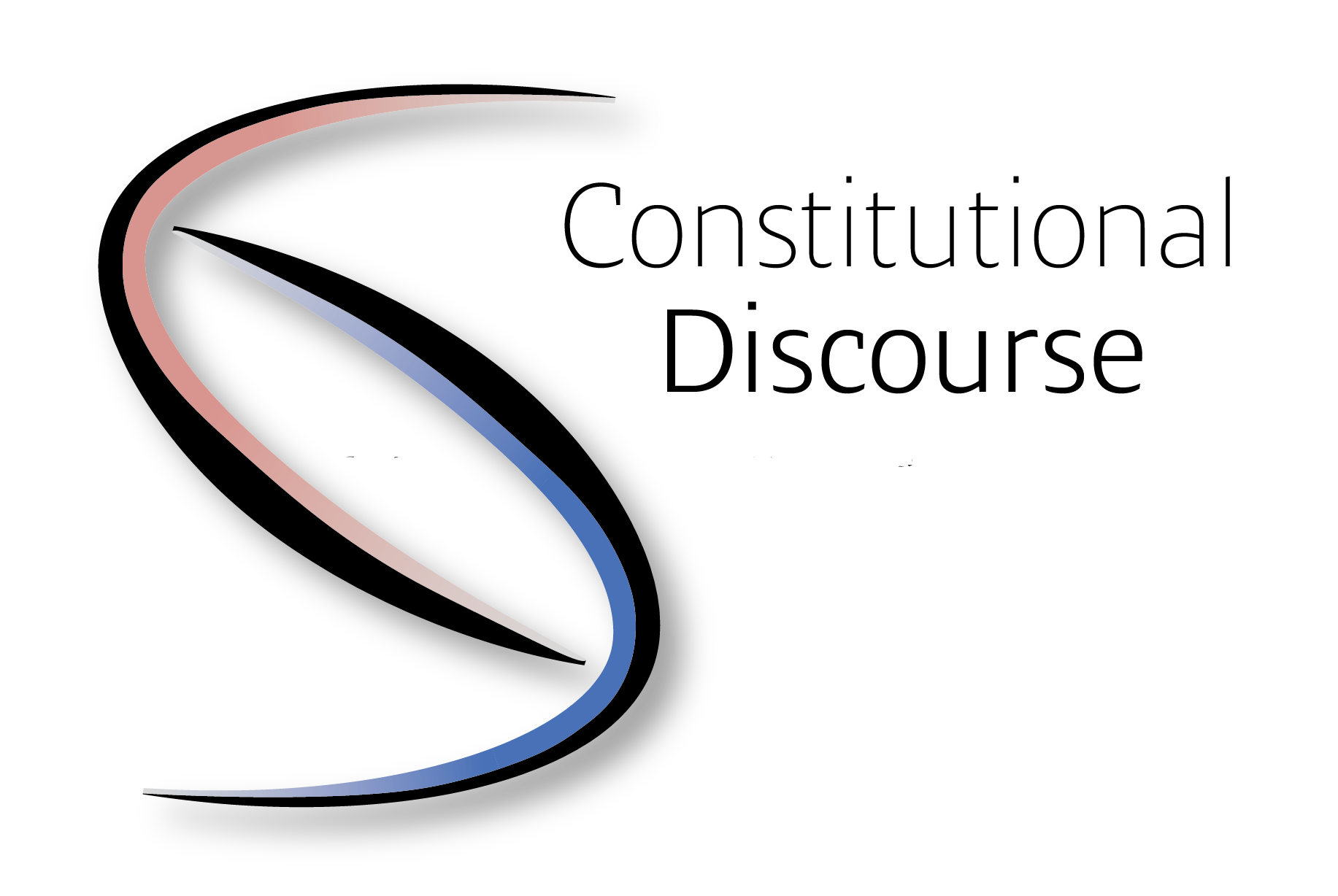Charles KECKLER: Independent Agencies as Reverse Parliaments: A Reconciliation of Paradoxes
At times, European constitutional discourse contributes to American discussions about the administrative state and looks at the work of independent agencies and similar institutions. Offering an American point of view of this field inspired by European institutions is not only
Luca Sevaracz: Hungary Elects – Will 2022 Be a Happy New Year Bringing a New Era?
Considerations on Some Electoral Rules The (happy new?) year of the general elections of Members of the Hungarian National Assembly long awaited by many all over Europe has finally arrived. Most recent preludes to this year’s elections include the Hungarian opposition
Frederik BEHRE: A Ministry of Finance?
Charting and Testing the National Constitutional Limits to EU Fiscal Integration I am honored to have been invited to introduce my 2021 PhD-thesis titled “A Ministry of Finance? Charting and Testing the National Constitutional Limits to EU Fiscal Integration”, published in
Norbert TRIBL: Game of thrones? Is winter really coming?
Interview with the Presidents of the Supreme Court (Kúria) and the Constitutional Court of Hungary on the relationship between the apex courts of the Member States and the CJEU I wrote a few weeks ago about Advocate General Bobek's position that,
Márton SULYOK: Who? What? When? Why? How? – Lessons from 2020
On the Pitfalls of Constitutional Discourse on Criticizing Constitutional Courts I think there is widespread consensus now within legal academia that 2020 was an eventful year in the lives of many courts tasked with or engaging in constitutional justice. Whether it




